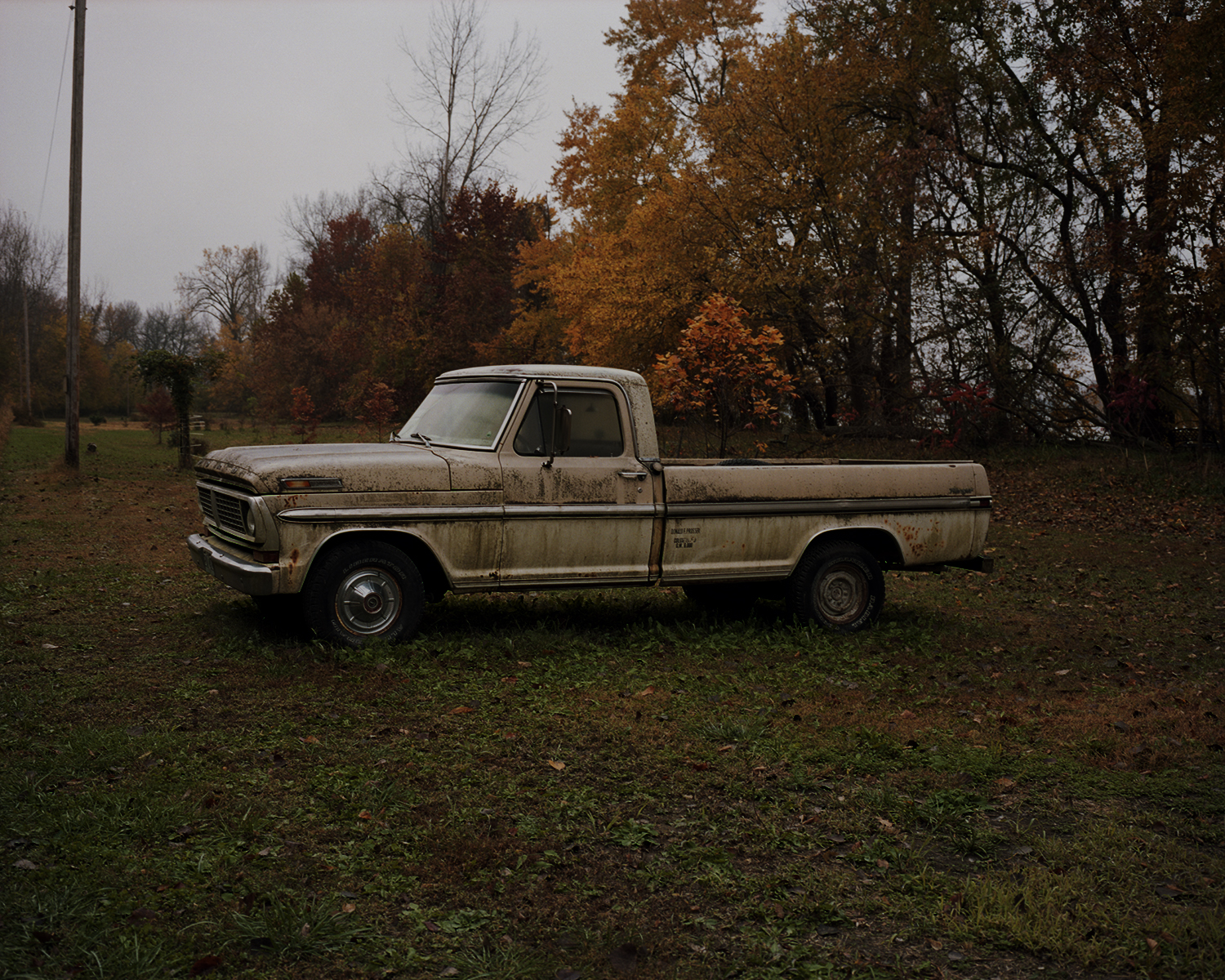
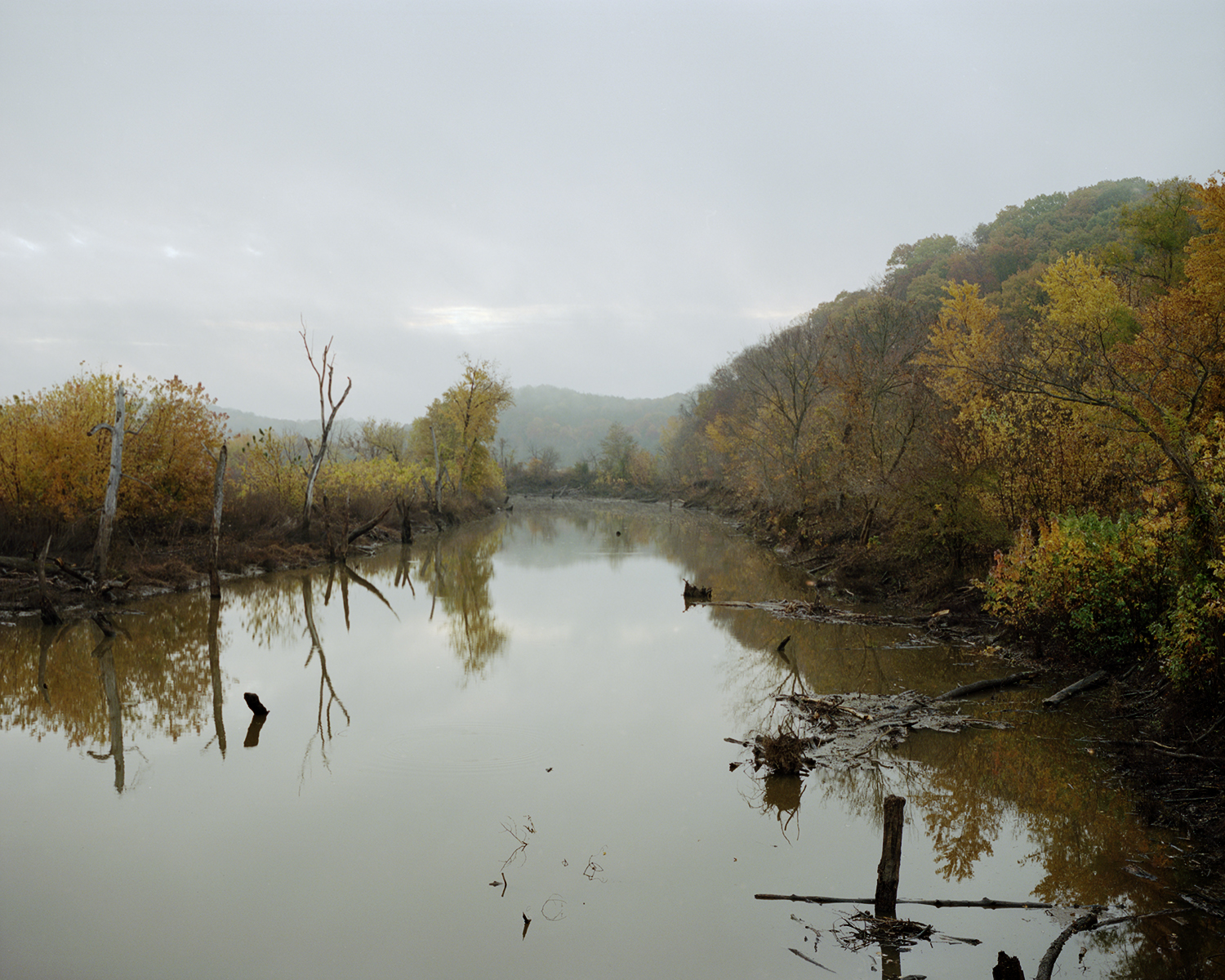
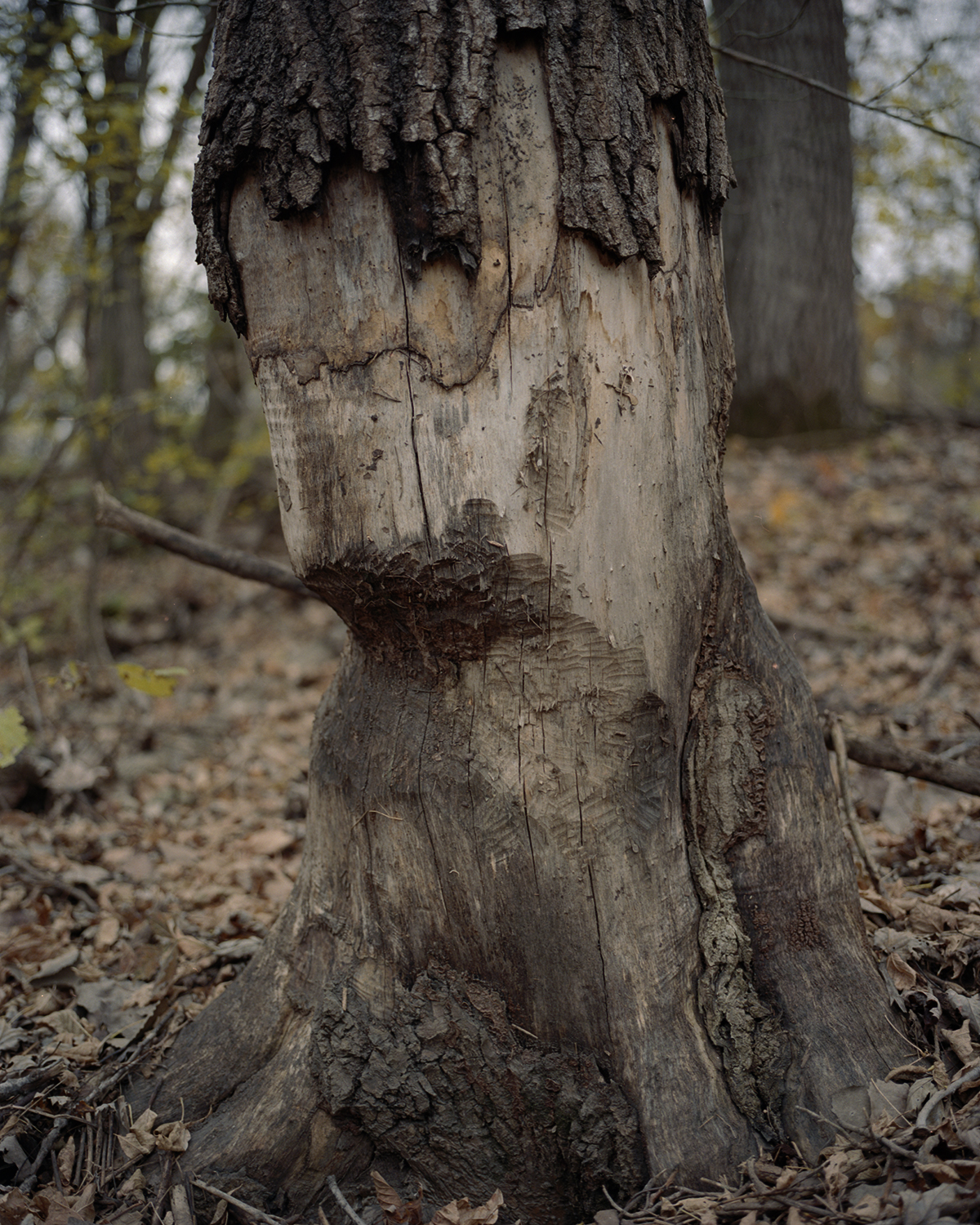
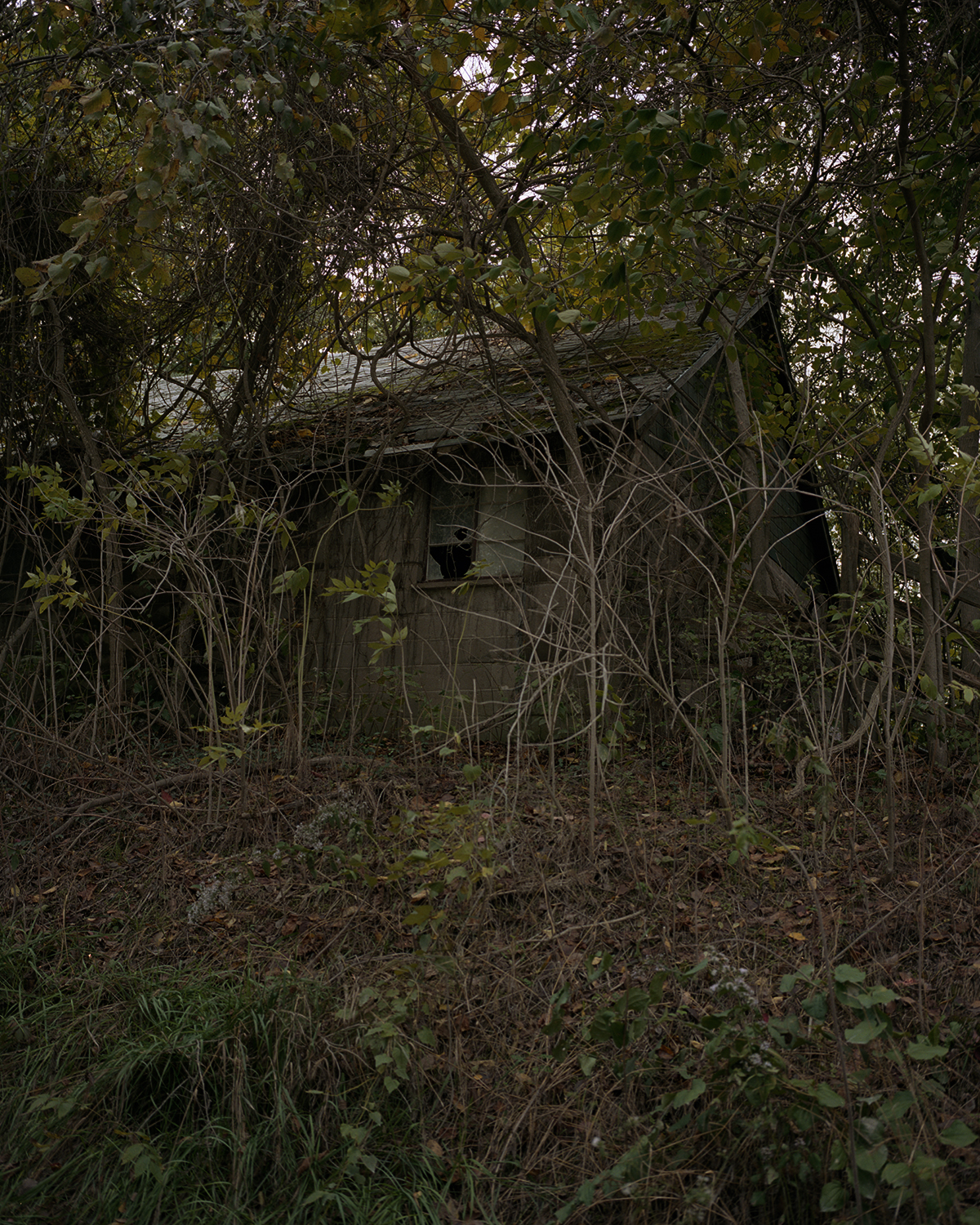


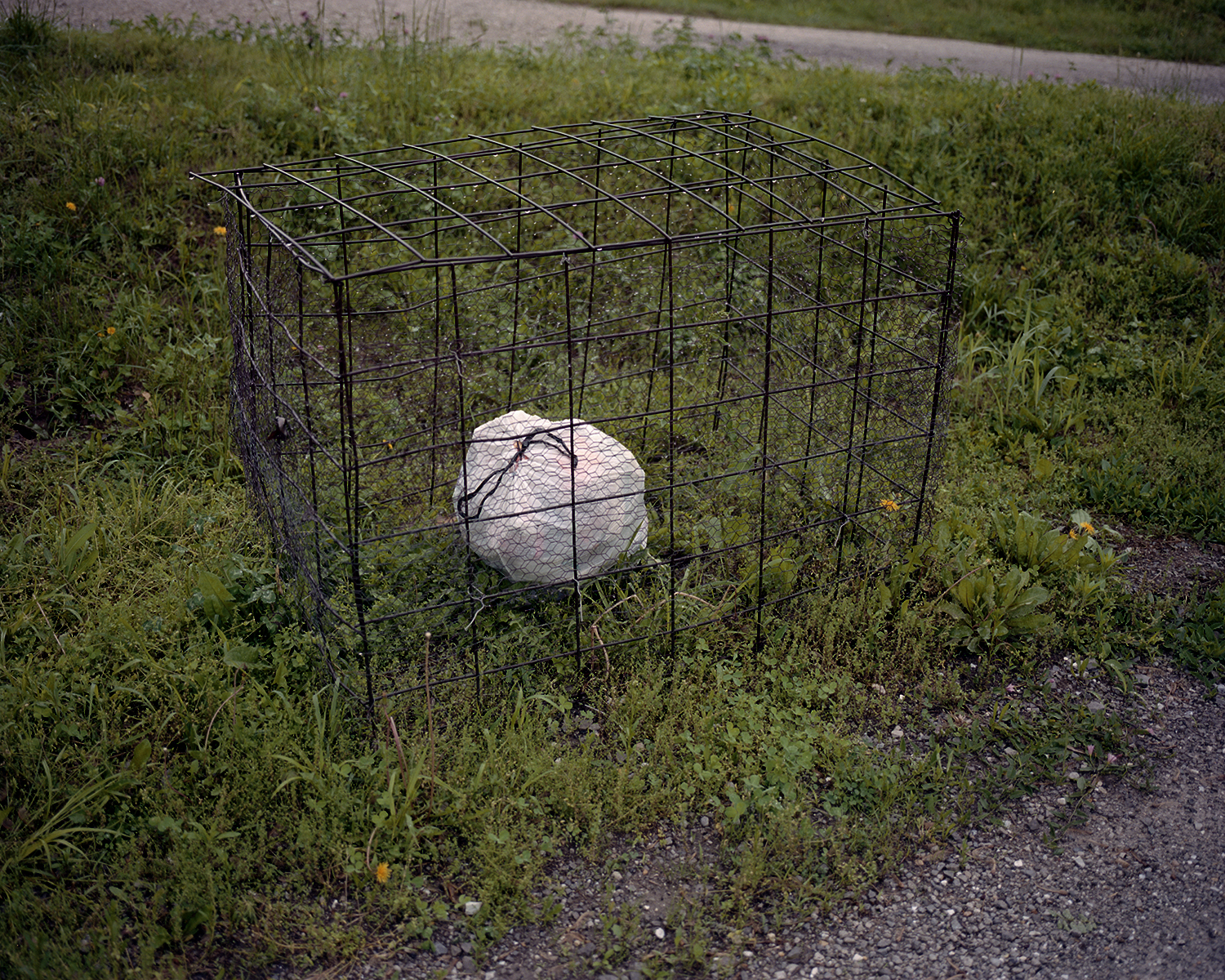
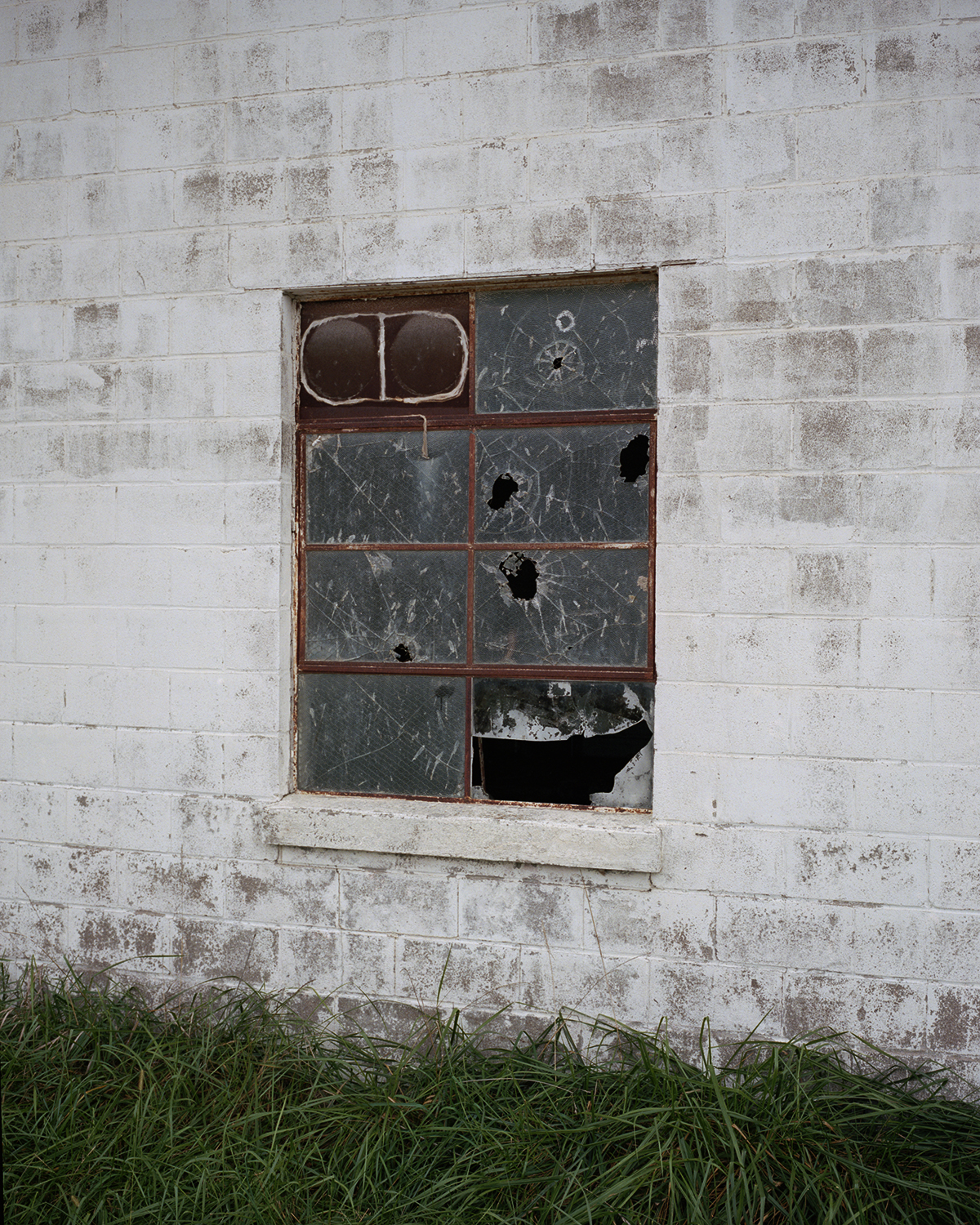
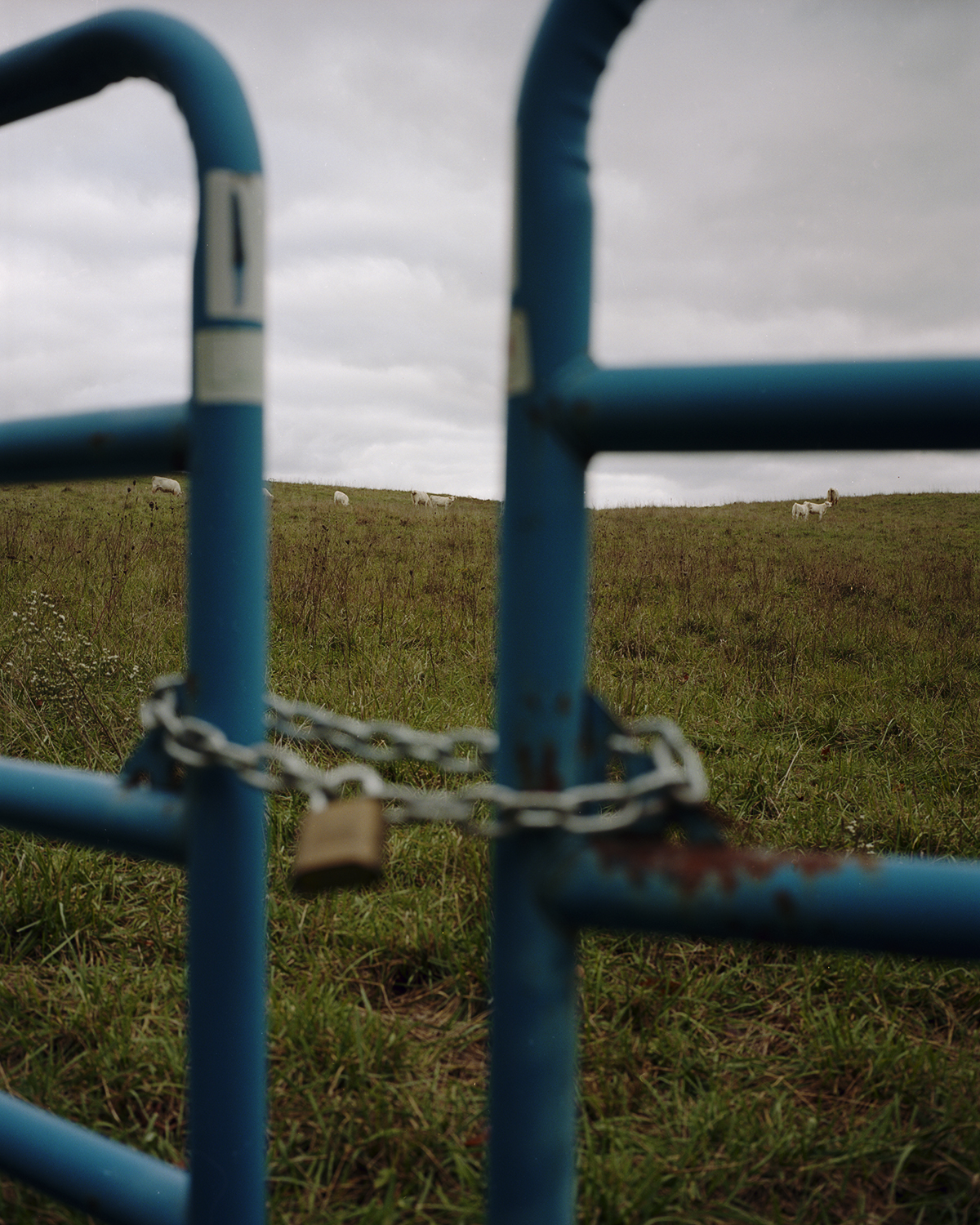
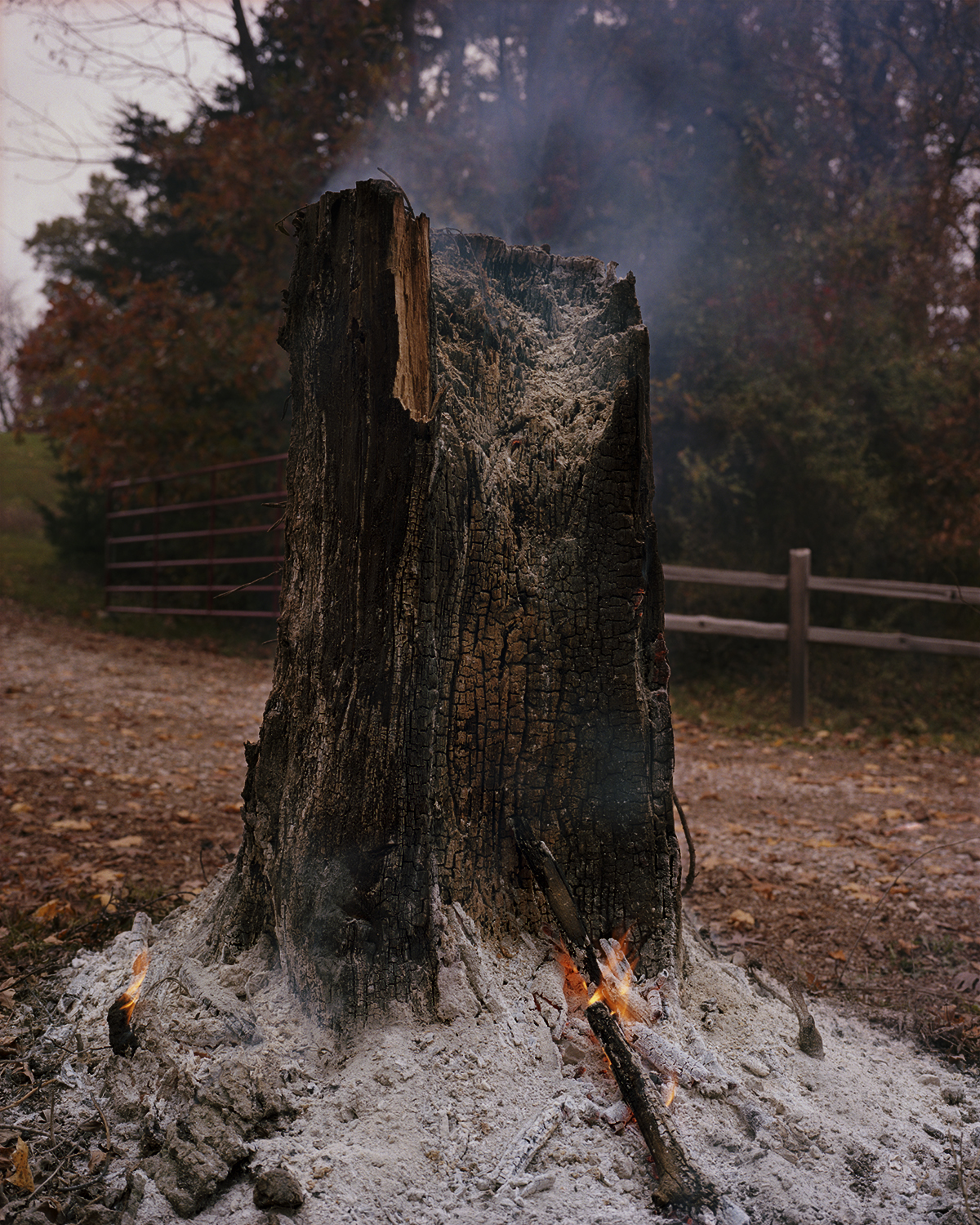
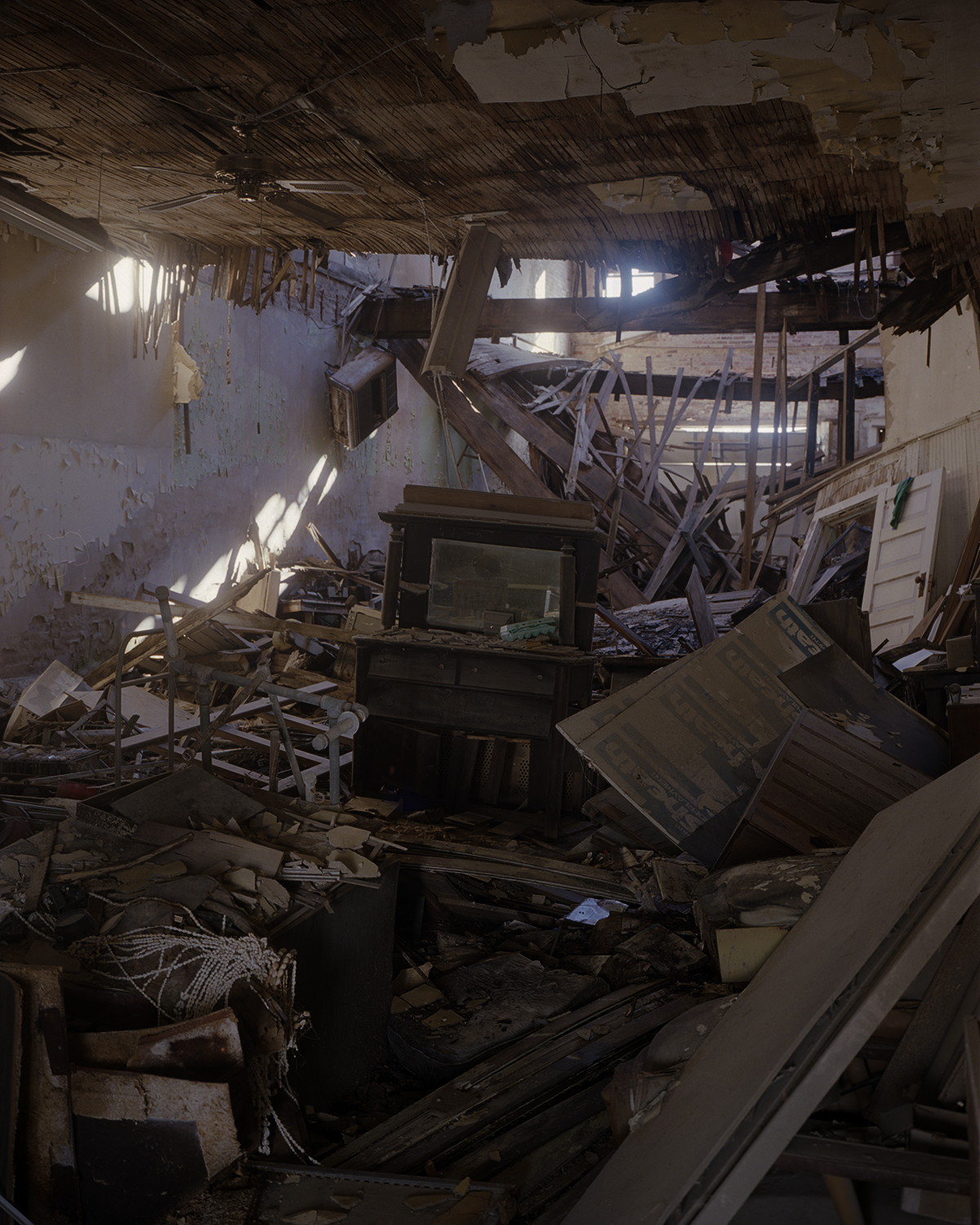
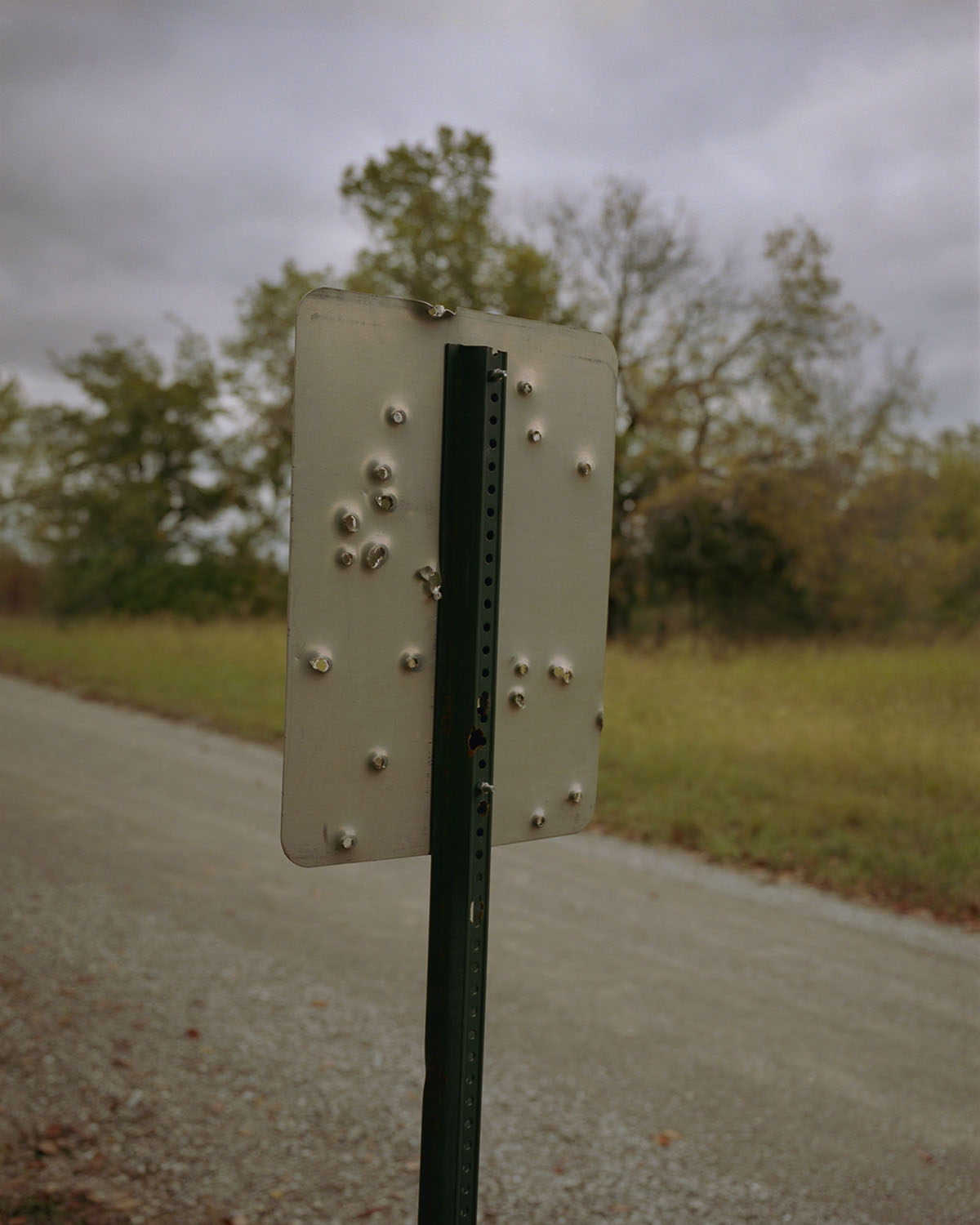
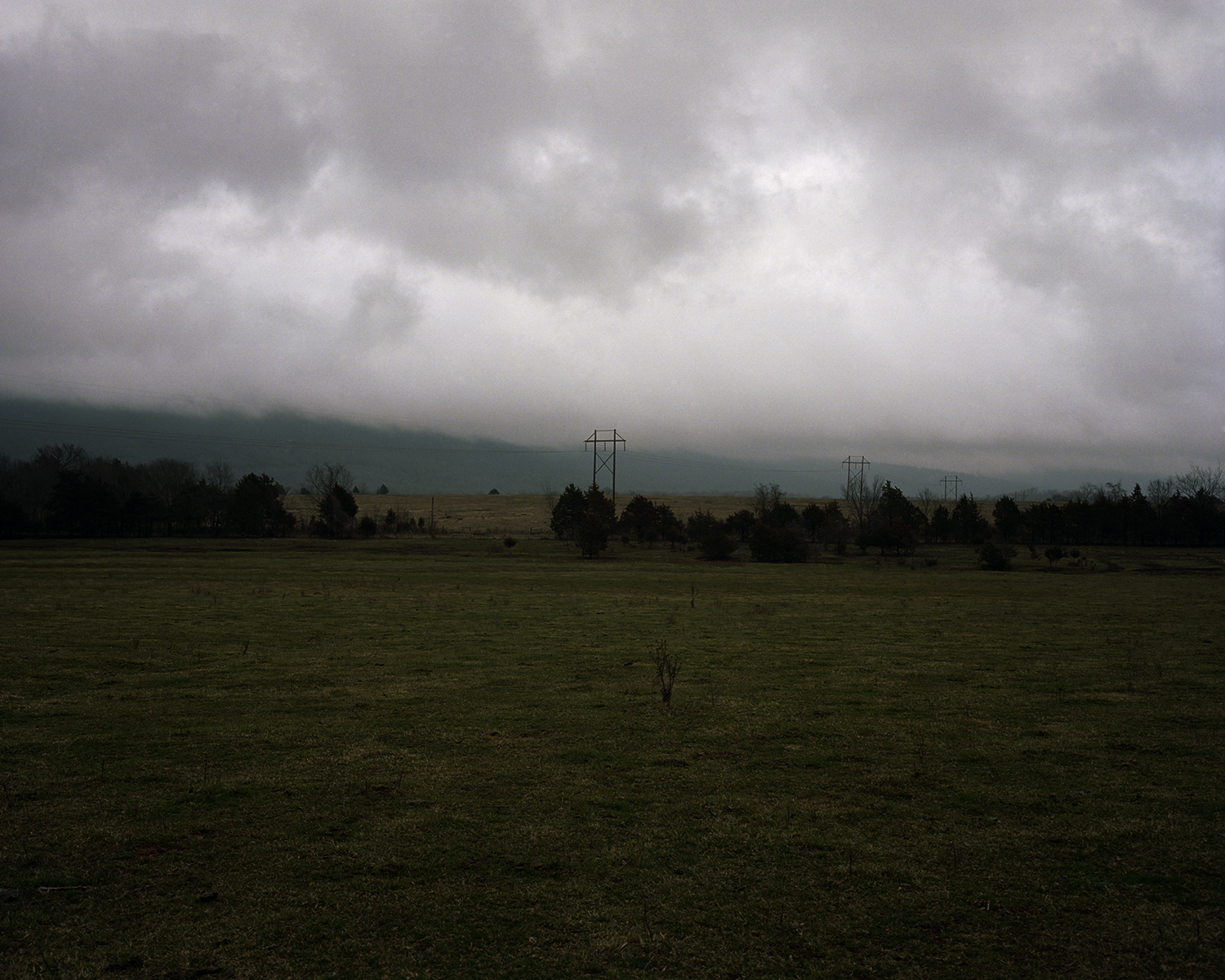
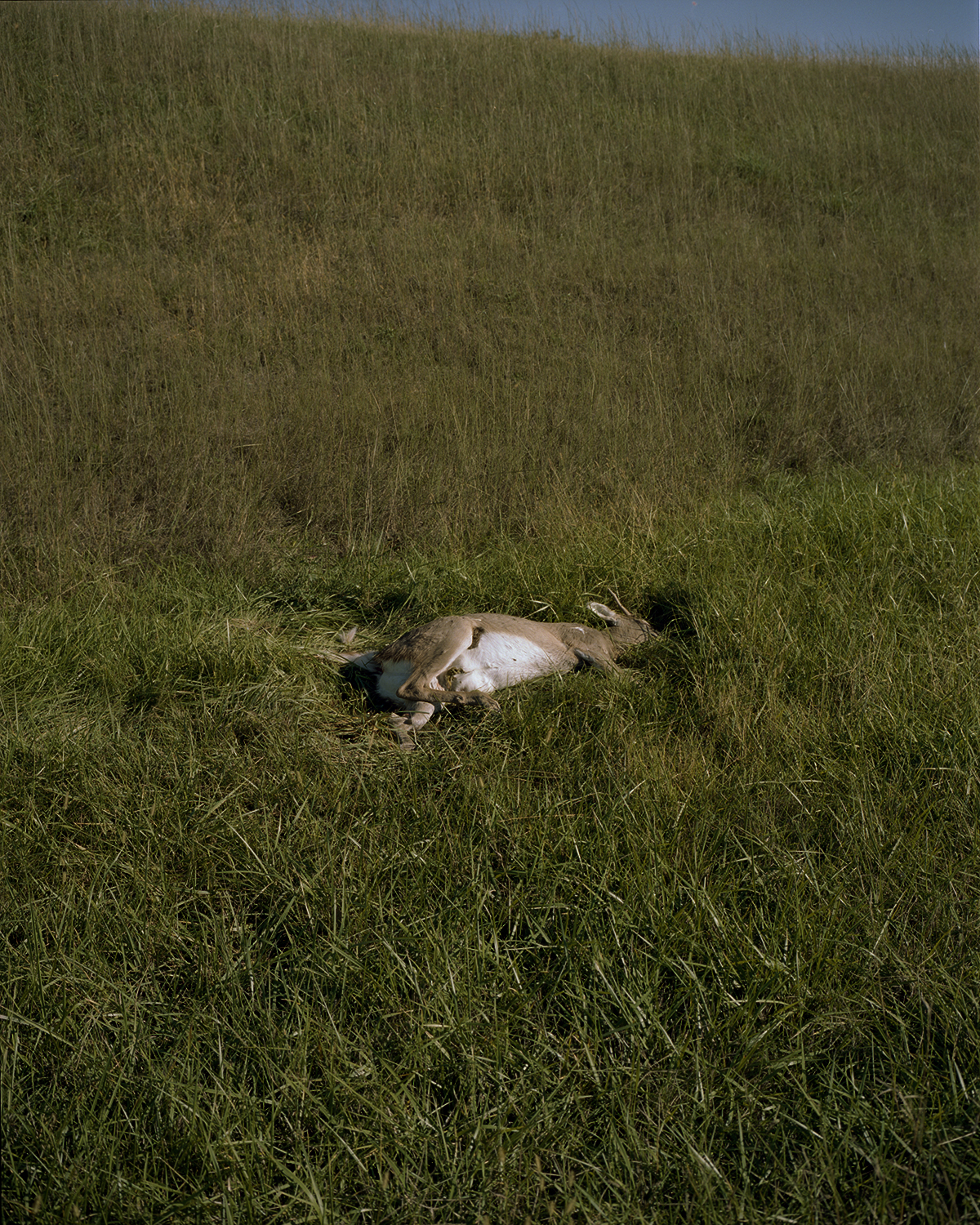
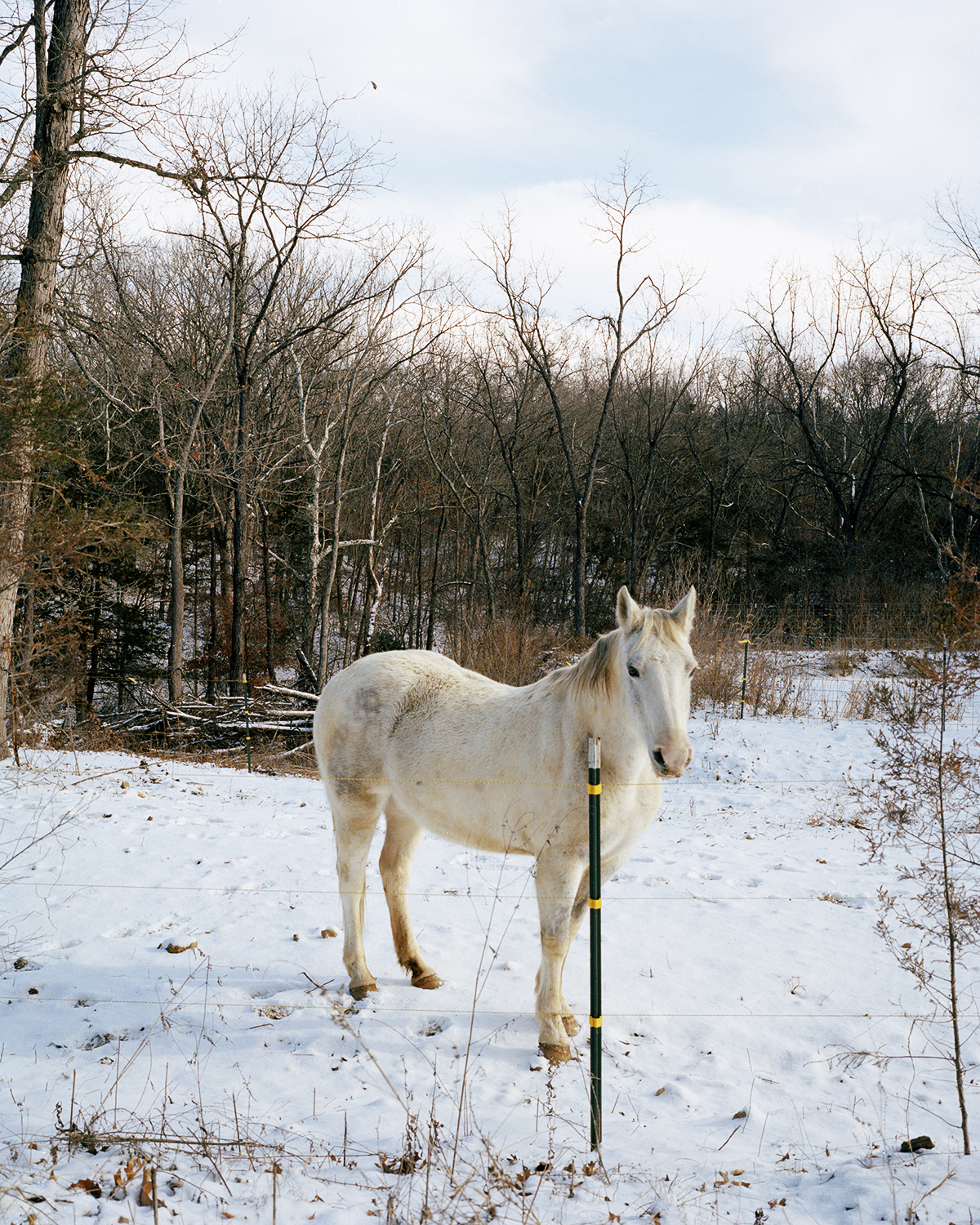
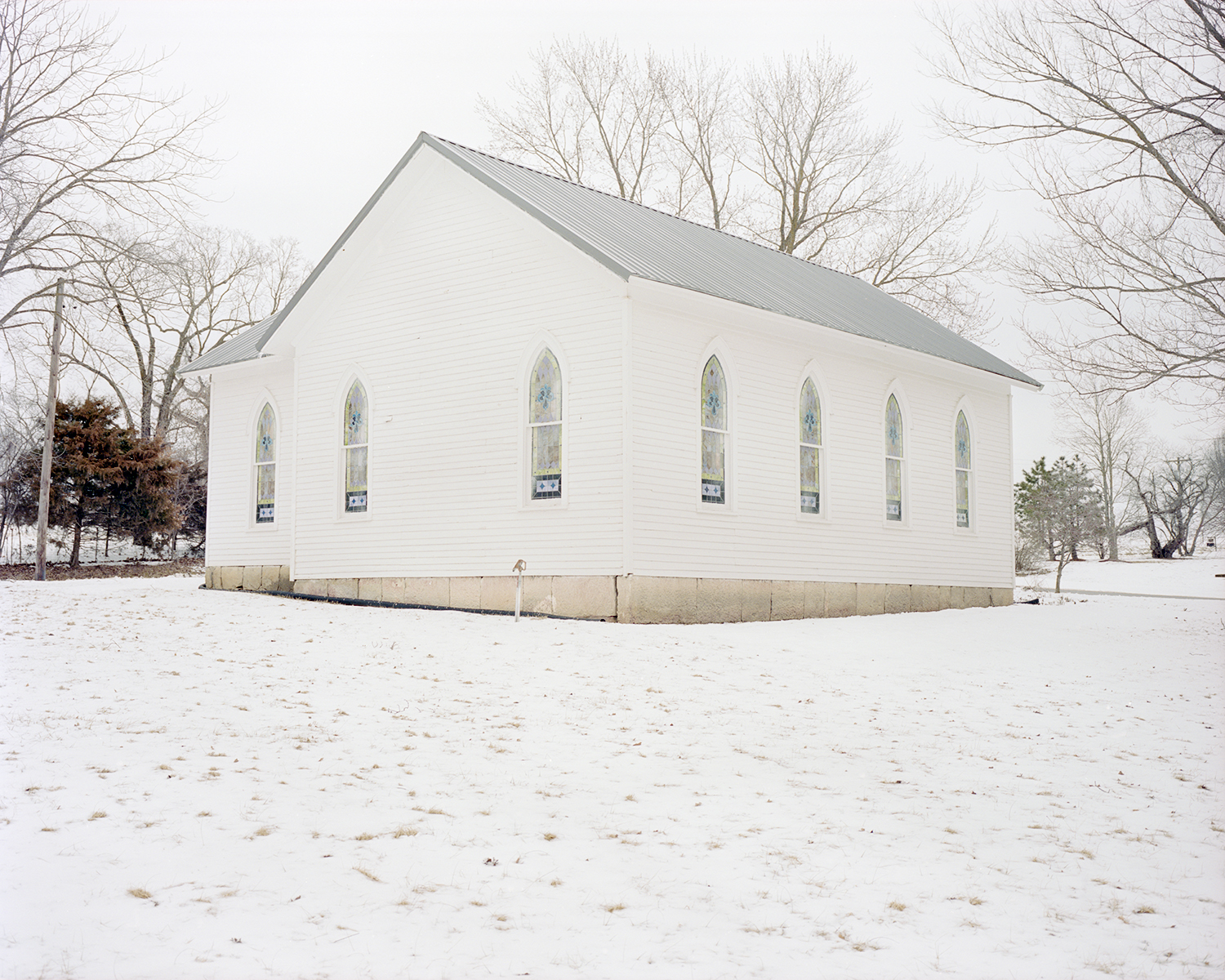
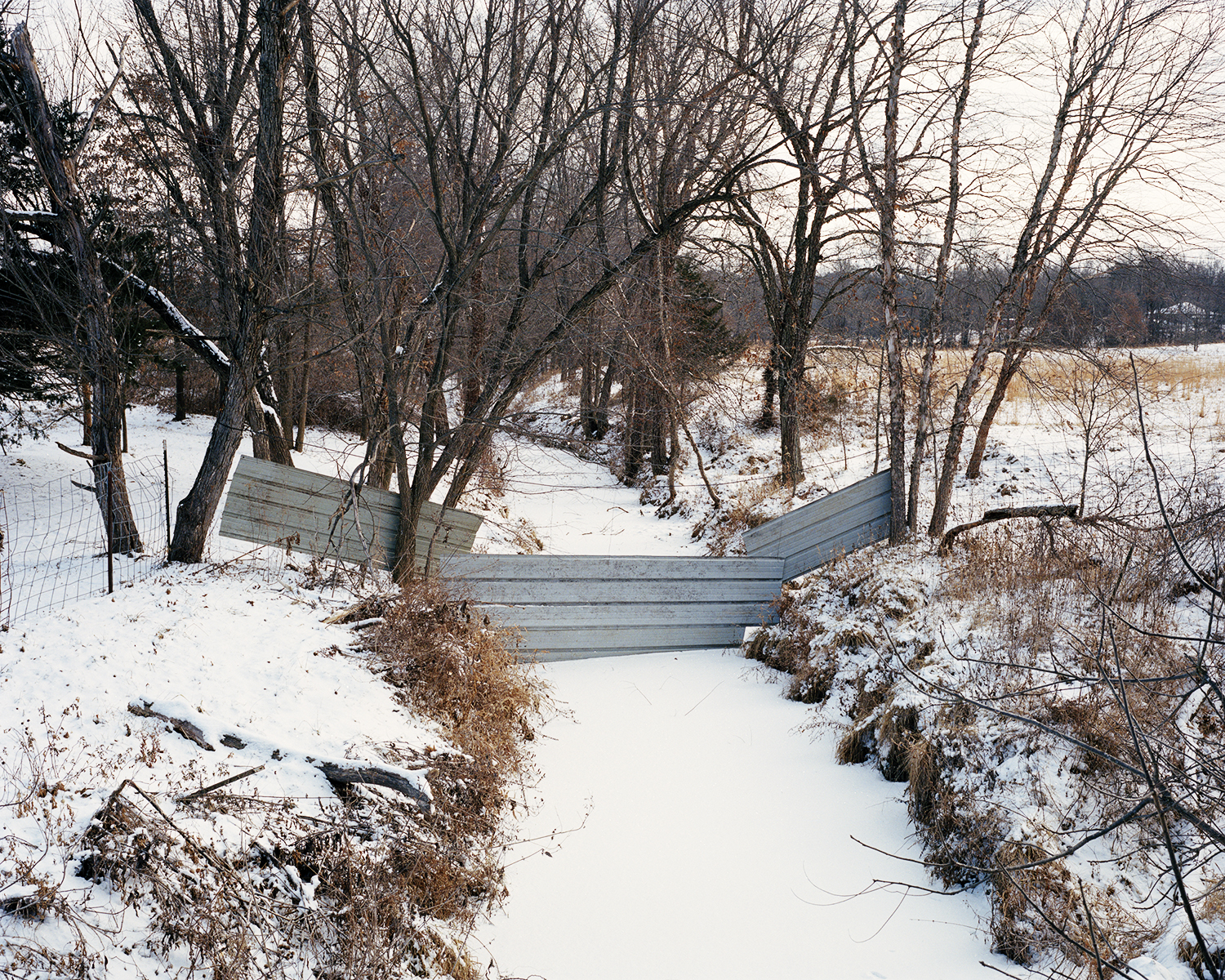
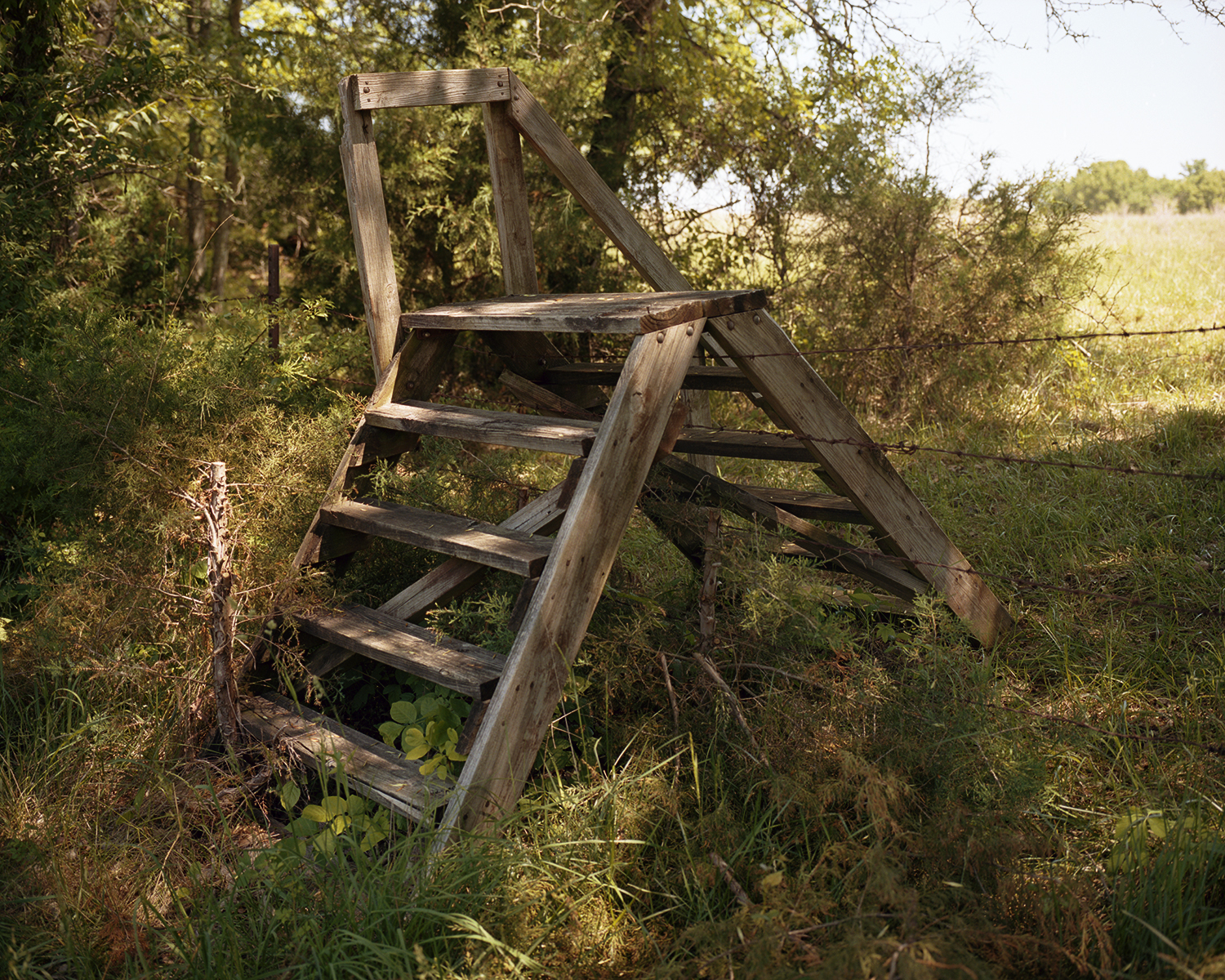
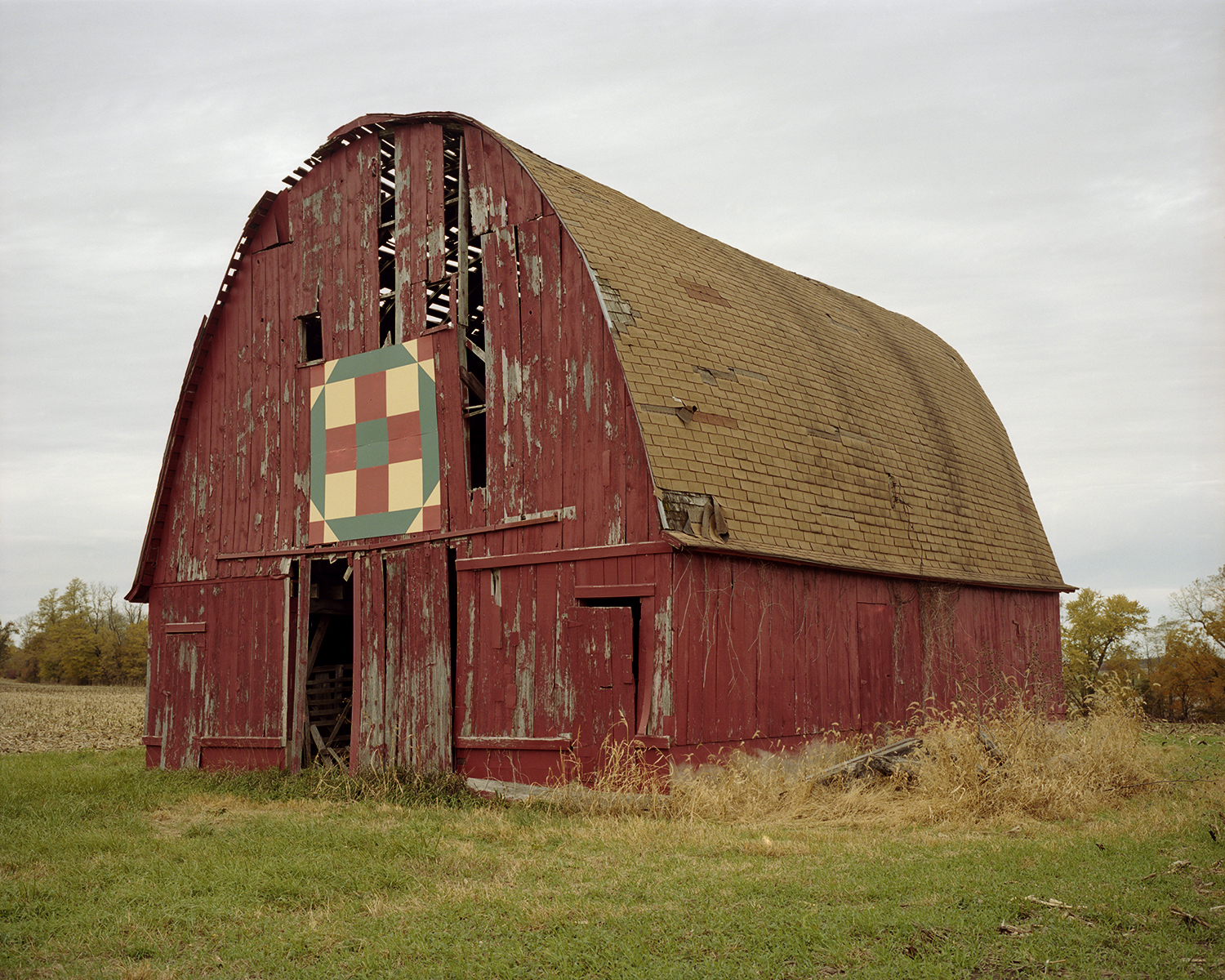
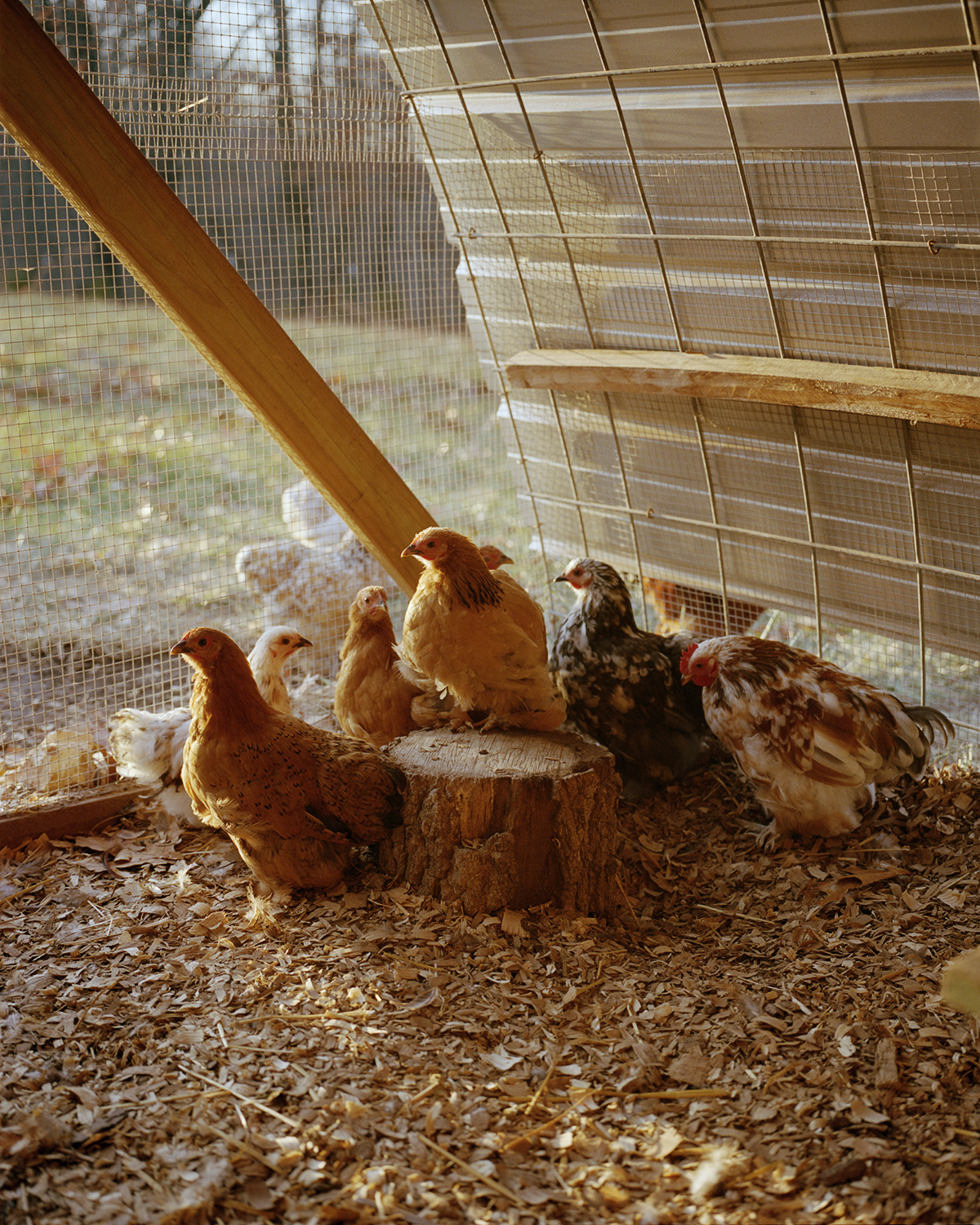
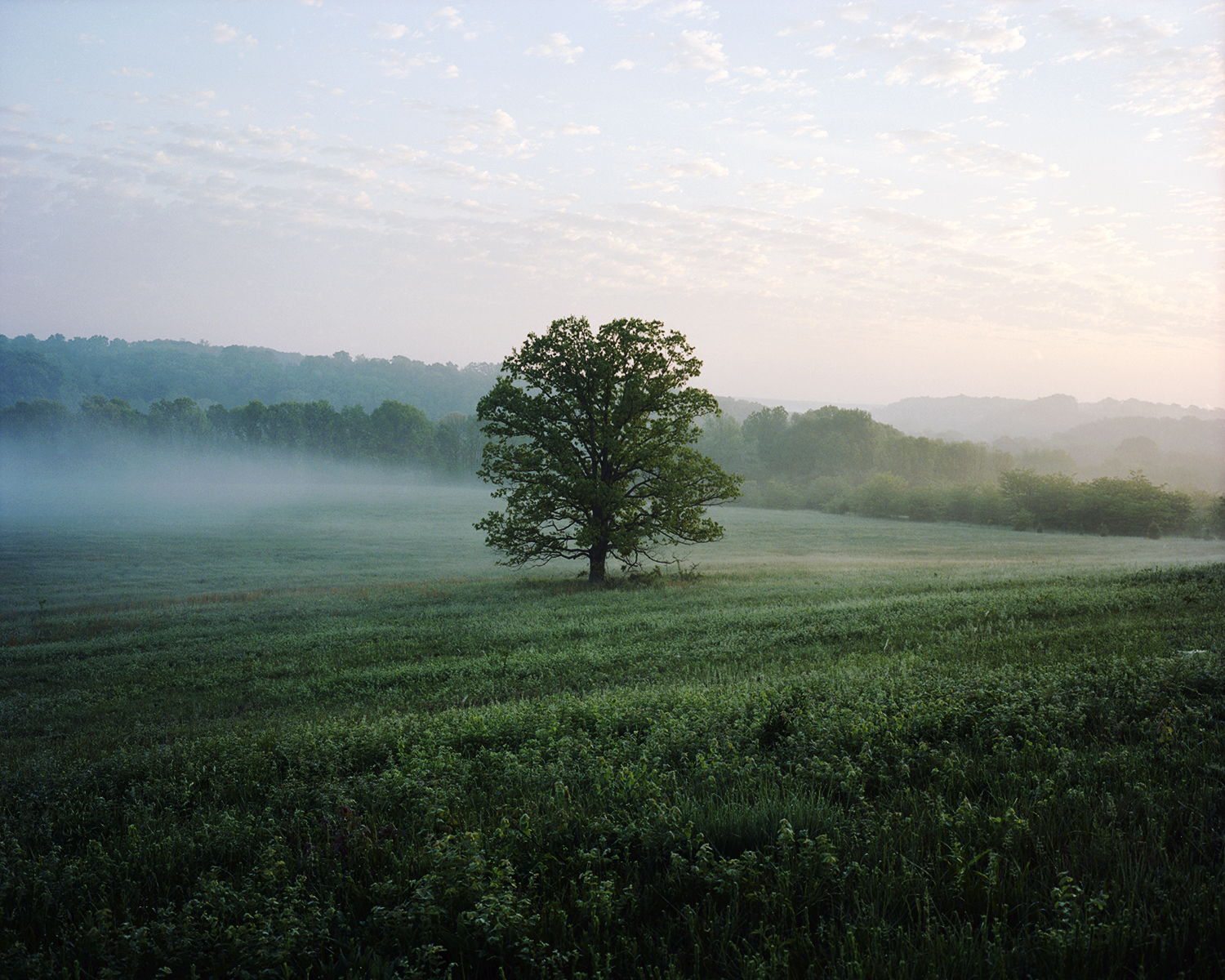
48 South Street
Jamaica Plain, MA 02130
Mitchell Hurst is a documentary and landscape photographer who lives and works in central Missouri.
“This work began from a draw to photograph the American West. After a few trips west, and nothing to show for it, I decided to look at the Mid-Western landscape that I am familiar with. Missouri’s obvious history as an origin of expansion and trade was what inspired the first images I made. I began to notice a landscape that was ripe with remnants of early American prosperity and exploration. The states early economic success was based on the confluence of the two longest rivers in the US. Once these French and Osage Indian trade routes dried up, due to dwindling demand for beaver pelt, Missouri started to take shape. Natural features reflect the history of the Union slave state where caves were used as bunkers and hideouts during the civil war. Resources changed the landscape over time by near extinction of beavers drastically altering rivers and wetlands, granite and limestone becoming high commodities, the transition to soy as the major cash crop, and booming demand for livestock. These changes also shaped the lifestyle and culture of the state. The residue of that past is seen through decay which time and industry eroded, and the landscape that attempts to defy change. Countless small towns and family farms across the state struggle to endure the migration to cities and the takeover of large scale farming. What is left loosely pieces together the narrative of a place flush with middle American History”.
To see more of Mitchell’s work, visit his site: mitchellhurst.com
& check out his Instagram: @mitchell_jhurst
Mitchell Hurst is a documentary and landscape photographer who lives and works in central Missouri.
“This work began from a draw to photograph the American West. After a few trips west, and nothing to show for it, I decided to look at the Mid-Western landscape that I am familiar with. Missouri’s obvious history as an origin of expansion and trade was what inspired the first images I made. I began to notice a landscape that was ripe with remnants of early American prosperity and exploration. The states early economic success was based on the confluence of the two longest rivers in the US. Once these French and Osage Indian trade routes dried up, due to dwindling demand for beaver pelt, Missouri started to take shape. Natural features reflect the history of the Union slave state where caves were used as bunkers and hideouts during the civil war. Resources changed the landscape over time by near extinction of beavers drastically altering rivers and wetlands, granite and limestone becoming high commodities, the transition to soy as the major cash crop, and booming demand for livestock. These changes also shaped the lifestyle and culture of the state. The residue of that past is seen through decay which time and industry eroded, and the landscape that attempts to defy change. Countless small towns and family farms across the state struggle to endure the migration to cities and the takeover of large scale farming. What is left loosely pieces together the narrative of a place flush with middle American History”.
To see more of Mitchell’s work, visit his site: mitchellhurst.com
& check out his Instagram: @mitchell_jhurst